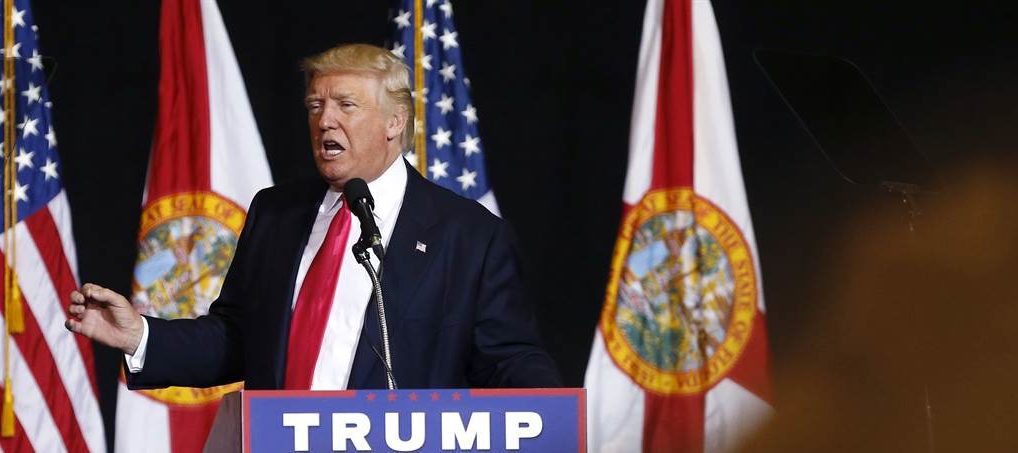
For Donald Trump, the fight for Florida begins and ends with mass appeal: signature rallies and direct social media contact with voters who believe he can “make America great again.”
Add some 30 Florida Trump employees to about 80 Republican Party field workers deployed around the state, and that pretty much covers the GOP nominee’s conventional ground game operation in the largest battleground state.
Then there’s Hillary Clinton: 51 offices, with more on the way, and 500 employees combing Florida, and an overall ground game that rivals that of the previous Democratic nominee, President Barack Obama.
Trump loyalists say they have a deliberate strategy and far-reaching footprint to counter the Clinton behemoth, even if his apparatus doesn’t measure up in campaign offices, staff and paid advertising. But the organizational disparity leaves more than a few Republicans scratching their heads. All agree Trump has no path to the required 270 electoral votes without claiming Florida’s 29.
Yet only after Labor Day did the Trump campaign open outposts other than the nominee’s state headquarters in Sarasota. Susie Wiles came on just two months before Election Day.
Wiles say her candidate is in good shape.
Wiles, in an interview on her first day as the new Florida boss, said judging the campaign by offices and staff “isn’t the right measure we should use,” because “you don’t meet voters sitting in an office.”
Scott Arceneaux, senior strategist for Clinton’s Florida campaign, calls that “ridiculous spin” in a state where marginal shifts in a diverse electorate can tilt the statewide result. Obama won Florida by fewer than 3 percentage points in 2008 and less than a percentage point four years later, with turnout exceeding 8.3 million both times. Polls for months have suggested another tight race.
Trump’s Orange County chairman, Randy Ross, said Arceneaux discounts people like him.
Ross, whose territory includes Orlando, shepherds other volunteers who run phone banks and knock on doors using voter lists produced by the Republican National Committee’s data operation, expanded after Obama’s two victories. “We happen to be using things Republicans learned” from Obama, Ross added, “but we are really a movement, just like Mr. Trump calls it.”
Brian Ballard, a Trump fundraiser and top lobbyist in the state capital of Tallahassee, said, “counting campaign offices just doesn’t matter these days.”
Florida is slightly less white than the national electorate, but still roughly a microcosm. If the electorate largely reflects 2012, Clinton would capitalize on her standing among African-Americans and Hispanics wary of Trump. Even among Cuban-Americans, a population that has historically leaned Republican, Trump appears to be underperforming — a circumstance that would pad Clinton’s advantage.
Yet even if Clinton maintains her advantage among minorities, turnout could drop in places like Orlando and South Florida’s Broward County, yielding her fewer overall votes. That could give Trump an opening if he’s able to goose turnout among whites, particularly in Pensacola, Jacksonville, and other GOP strongholds in North Florida.
Even so, said Arceneaux, “This is a 1 percent state, so if we win by 2 percent, that’s a landslide.
Michael Barnett, chairman of the Palm Beach County GOP, for example, says his party has for several years built relationships within the Haitian-American community. That pocket — numbering in the tens of thousands — shows up as black voters on paper, Barnett notes, “but doesn’t have the historical connection with the Democratic Party” that American-born blacks do.
Arceneaux, the Clinton strategist, questions whether the overall Republican effort can identify and mobilize voters beyond those who identify themselves as eager supporters, given fewer employees and Trump’s late effort.
He joked: “We like to say that Mr. Trump gives us many avenues to victory.”
Republished with permission of the Associated Press.



